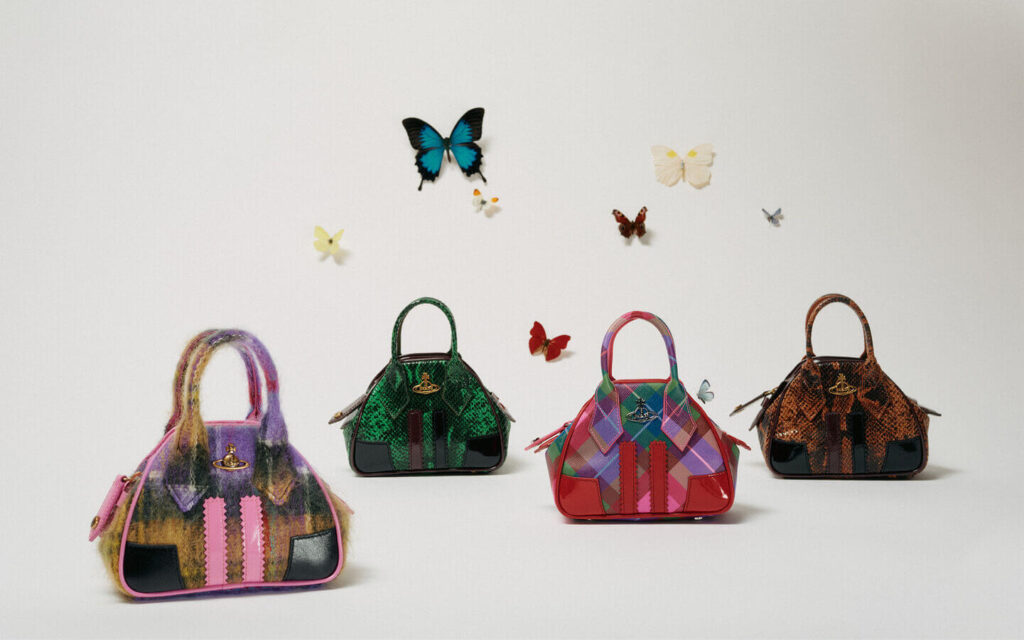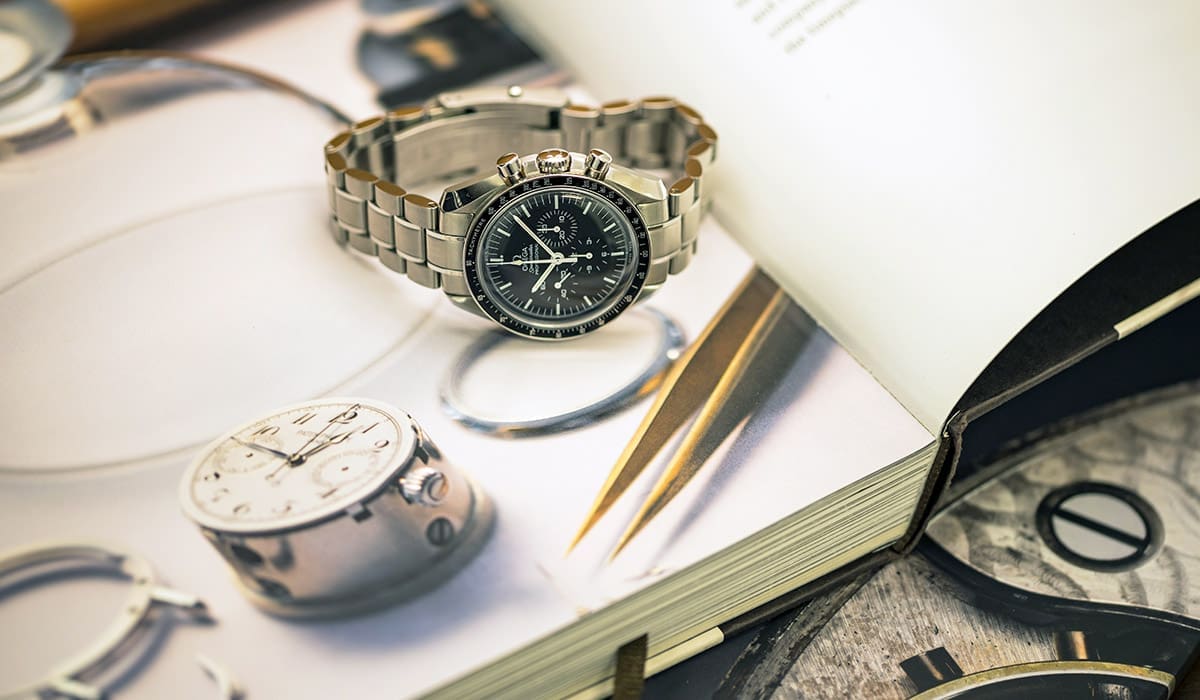There was a time when the old guards of the art world wanted no association with the fashion industry. The idea of artists collaborating with fashion designers was absolute blasphemy, as it was considered “selling out” by more provincial members of the art community.
Over time, fashion brand and contemporary artist collaborations would become a gold standard. Major artists from Ashley Longshore to Peter Doig would collaborate with some of the biggest brands in fashion from Gucci to Dior. Nowadays, if you’re considered a major contemporary artist or one on the rise, the better question now is who have you collaborated with? Fashion collaborations have been particularly helpful in the representation of Black artists.
While Black artists are still fighting for representation in gallery spaces, fashion collaborations have become a way for them to not only get the recognition they have deserved but also tap into a new audience as well. The artist Nick Cave collaborated with Fendi to create some of his famous soundsuits for Art Basel. Artist Mickalene Thomas has collaborated with Dior an iteration of the beloved Lady Dior bag, made famous by Princess Diana.
Fashion collaborations are readily putting Black artists on the map, and many brands are taking initiative to guarantee representation of Black artists. This year, photographer Henry Jones was tapped to be one of Forever 21’s Black History Month collection series titled “BHM21 Collection.”
Jones’ relationship with Forever 21 was longstanding before the collaboration, as he had shot some marketing materials for them in the past. During the pandemic, several of Jones’ in-home portraits he took of his family went viral and different platforms tried to take advantage of his work and repurpose or claim it.
“Different brands reaching out to Black artists is one of the most beautiful things we have ever experienced, and I’m hoping they stay consistent.”
— Henry Jones
“There were a lot of people trying to use my work without tagging me on social media or any mention or credit of my name,” Jones said. “Forever 21 reached out to me and said, ‘Let’s monetize this.’ Initially, when the collection came out, people even asked me if Forever 21 was the next company to steal my images.”
Jones said the collaboration helped to elevate his status as an artist. “After the collection came out, I had people reaching out to me from all over the world wanting to buy prints of my photography,” he said. “Some of these were people who saw the Forever 21 collection but couldn’t make it to the stores, or just wanted a print to go with their clothes. The collaboration was monumental for my career and put me in places and in households that otherwise may have never heard about me.”
Following the 2020 civil rights protests surrounding the murder of George Floyd, Jones says that more opportunities have come for Black artists.
“A lot of Black artists who have long deserved momentum are finally getting it,” Jones said. “Different brands reaching out to Black artists is one of the most beautiful things we have ever experienced, and I’m hoping they stay consistent. All these major companies from Forever 21 to Bloomingdale’s are reaching out to Black artists, and hopefully, they continue to build that bridge between Black artists and known fashion brands and companies.”
While there is the question of how genuine these brands are being or if they are just exploiting Black artists, Jones described Forever 21 as the real deal when it came to Black artist representation.
“Forever 21 is very genuine in making sure their Black artists have their voice heard,” Jones said. “If I said I want a color changed or a specific message on a shirt or sweater, my voice was heard, and they made what I wanted to happen. The company has genuinely been here for developing my artwork, and if it wasn’t for the company pushing me, I would not have the doors open for me and the opportunities I have now.”
In contrast, artists like Christopher Martin, who collaborated with VANS for their 2021 Black History Month Shoe Designs, sees fashion as a different medium or another opportunity for artists to expand on what they already do. He doesn’t see fashion collaborations being a better medium for Black artists per se, but, rather, a different platform with a different audience.
“I wouldn’t necessarily say [fashion collaborations] are better than [being an art gallery],” he said. “They both equally have different things to offer. I believe with any agreement that working with others requires mutual respect and both parties have audiences that have the privilege to be introduced to other styles and settings they might have seen before. Definitely key to make sure the connection is genuine first.”
Martin also says every Black creative faces a different set of challenges in both the art and fashion industry, especially for those with intersecting identities. “My experience as a Black male is different from my peers who are female or who identify as queer,” he said. “The truth is, we all have our unique struggles, but within that, we all share the common unity of Blackness.
“My work is a bit controversial and could be difficult to accept by mainstream audiences. This makes it difficult to lend my work to corporate settings.”
— Christopher Martin
“Personally, my work is a bit controversial and could be difficult to accept by mainstream audiences. This makes it difficult to lend my work to corporate settings. I have to water down my style to get work in that environment, while my friends around me take on more work because their style is more ‘safe.’ I’d say the biggest challenger for myself is to break the barrier of being selfish and making art for myself and looking at the bigger picture of the audience.”
Martin’s VANS collaborations were inspired by wanting to convey freedom elegantly. Eventually, he decided to use a swallow and incorporate a cotton plant into the mouth of the bird as it broke through chains. The second design dropped in the summer which incorporated a lady enjoying the moonlight amongst a bed of cotton plants.
Martin said that it felt validating to be approached by a brand like VANS, but he understands that he also had something they found interesting enough to put on their clothes. “I validate them just as much with my style and culture,” he said. “Ultimately, it gave me a much larger audience to communicate with.”
Bradley Theodore, a renowned contemporary artist who collaborated with Puma for their 50th anniversary and was also acclaimed for his skeletal interpretations of Vogue editor-in-chief Anna Wintour and the late Chanel artistic director Karl Lagerfeld, says that despite the platform fashion has afforded Black artists, representation is still an issue.
“I for one have seen m
y artwork copied by multiple brands. You can’t want my artwork and not want Black representation. That makes no sense.”
— Bradley Theodore
“We are beyond underrepresented,” Theodore said. “We are in the streets, but we’re not in the building. Black creatives ranging from musicians to artists set the trends in America, and our trends are exported globally. I was in Japan, and you saw every young kid walking streetwear. It’s the same thing in China and Russia. One of America’s biggest exports is entertainment, and so much entertainment comes from the Black community.”
Theodore also said that the increase in Black representation in creative industries also was not brought on by companies finally reflecting on their diversity issues, but, rather, they were forced.
“People finally stood up and treated buying fashion like voting, meaning they thought with their wallets,” Theodore said. “People finally looked at these companies and told them that they are making plenty of money from Black people, and it was time to have us on the executive boards. I for one have seen my artwork copied by multiple brands. You can’t want my artwork and not want Black representation. That makes no sense.”
Theodore still believes that fashion collaborations are particularly beneficial to Black artists, particularly emerging ones, “Fashion transfers information much faster than an art gallery or museum would,” Theodore says. “When someone is wearing something that can be seen across the world, people get curious. I had someone see something from my Puma collaboration in Malaysia, and they started inquiring about my art pieces. Art galleries hit small groups of people, but fashion hits the mainstream.”
Despite the benefits of fashion collaborations, Theodore said, “Fashion is a billion-dollar industry. To spend what is the equivalent of a few pennies for these billion-dollar companies to help Black people who support their companies shouldn’t be a problem, but they act like it is.”





More Stories
Top 10 Cakes Ideas that you must try out – Designs for life
Whites’s IGA officially unveils sixth store at Forest Glen Village Centre
Labor and Material Cost Increases: Planning for your Small Business in 2022